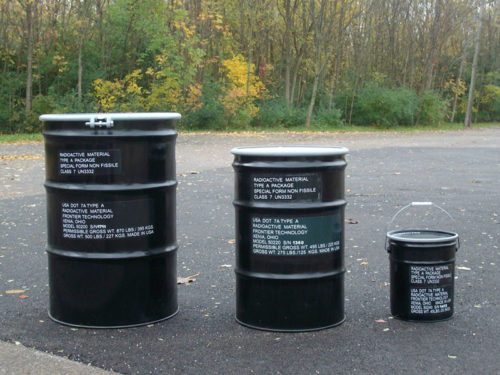
All of our Type-A shipping containers are designed and constructed in-house to ensure highest quality. They adhere to international shipping regulations and protect their contents from damage during shipping. Our containers also meet certification requirements such as USDOT Type-A, and are Specification 7A packages.
Please note that Frontier’s Type-A containers are not suitable for gamma-ray sources, which require lead containers.
Standard Type-A Neutron Shipping Containers
Frontier designs and fabricates “Type-A” shipping packages of various sizes, shielding, capacities, and configurations for use, rental, or purchase by our customers. All packages are designed and constructed in-house to ensure that the highest quality standards are met.
Containers meet international shipping regulations, protect the sources from damage during shipping, and are certified by Frontier as USADOT Type-A Specification 7A packages.
Model 50240
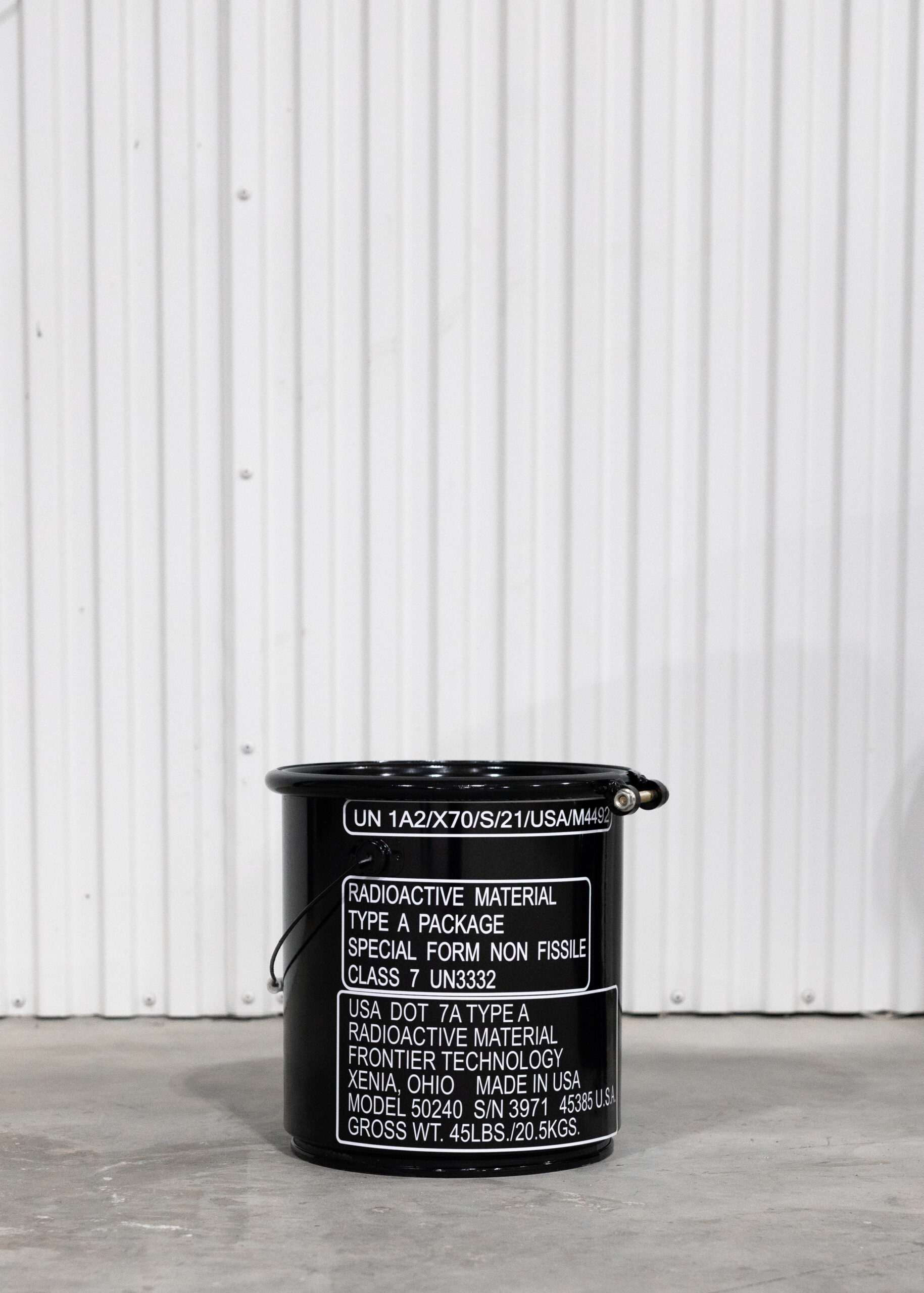
Model 50220
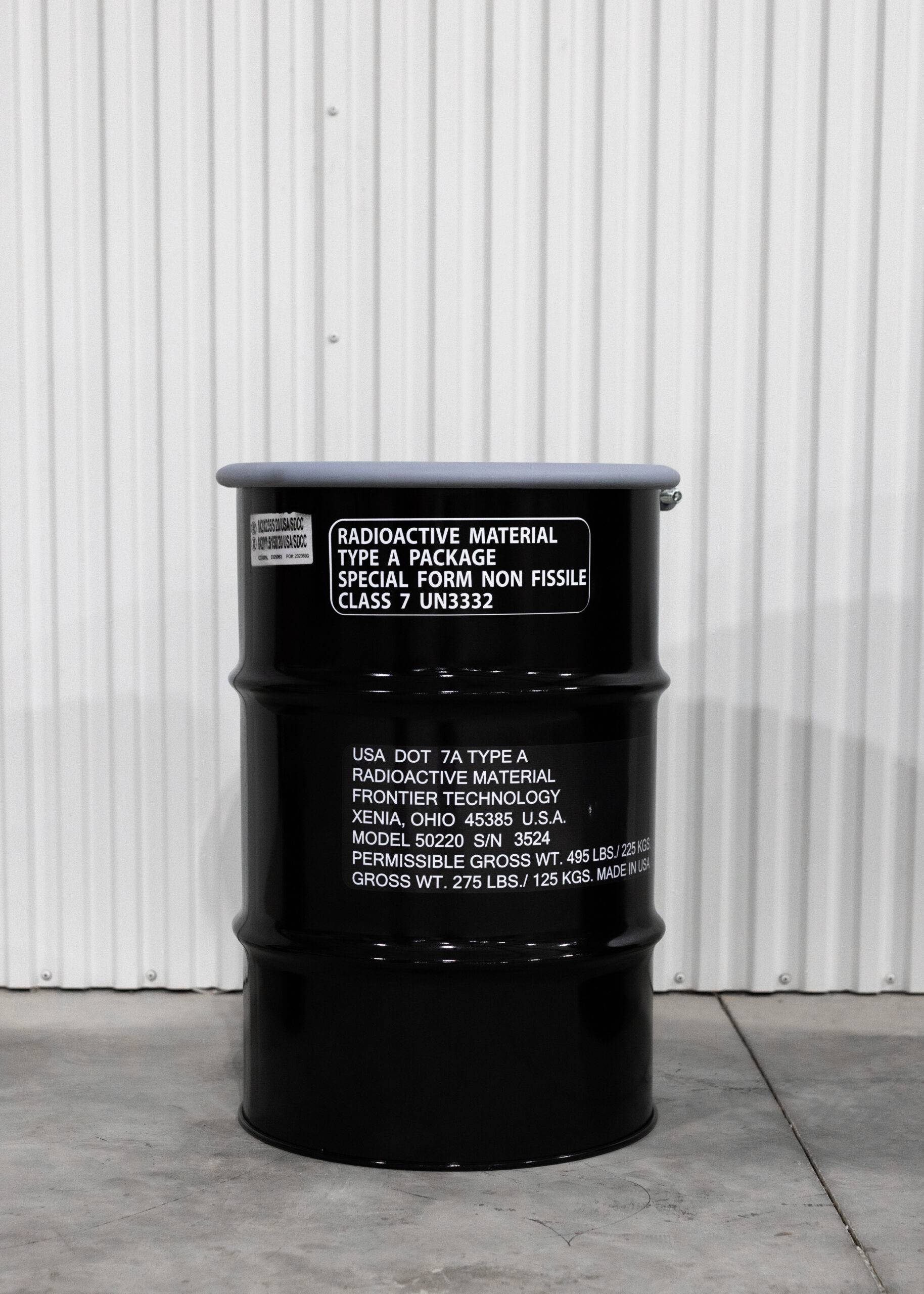
Model 50200
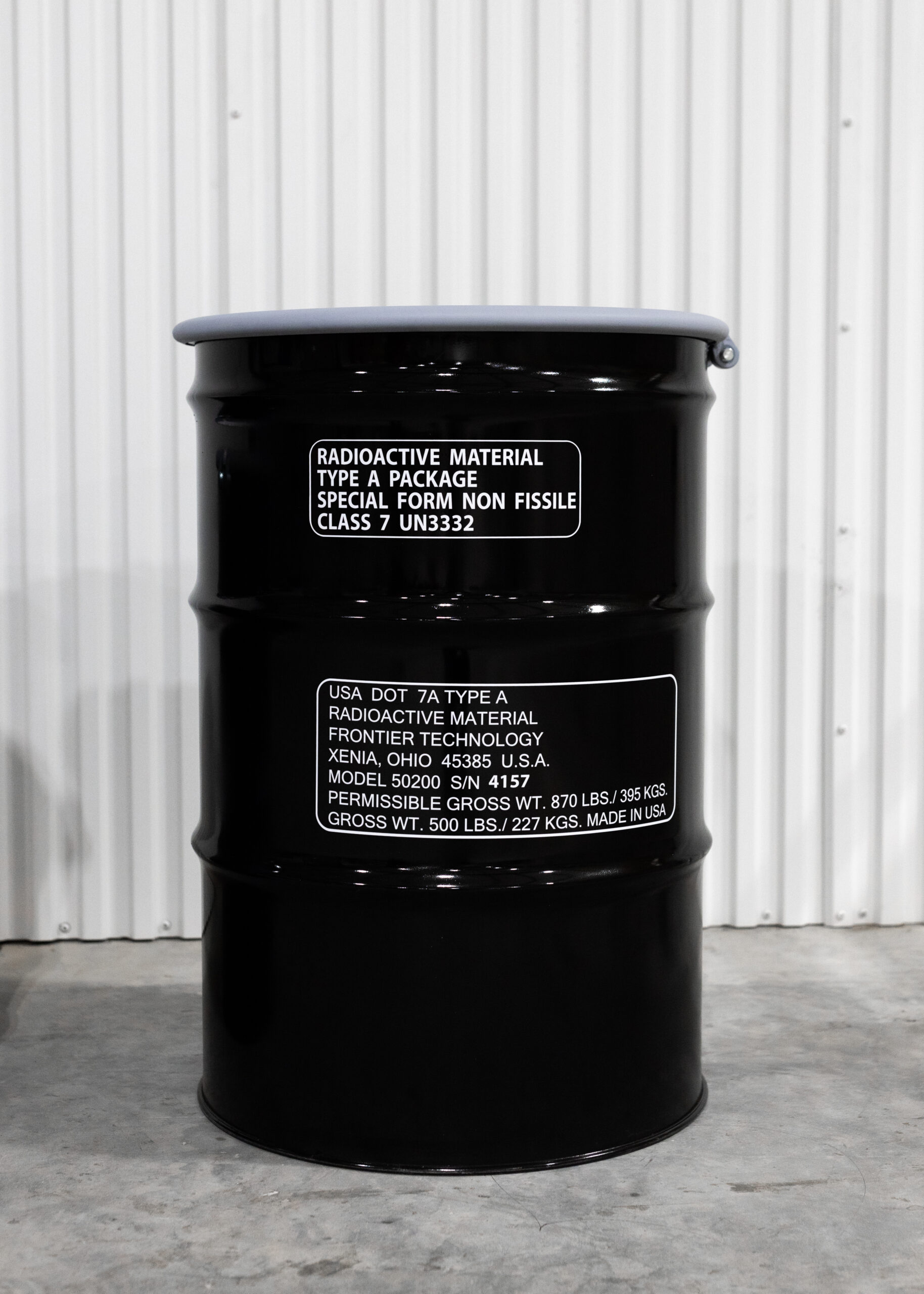
Type-A Container Requirements and Testing
Federal regulations require that these containers protect their contents from breaches or contamination and maintain sufficient shielding under normal transportation conditions.
At Frontier we use several tests to evaluate our Type-A containers’ integrity:
- Water spray for one hour to simulate rainfall of two inches per hour
- Free-fall drop test onto a hard, flat surface to ensure structural integrity
- Compression of at least five times the weight of the package
- Penetration tests that involve dropping a 13-lb., 1.25”-diameter bar vertically onto the package from 3.3’ in the air
Type-A shipping containers are used for storing and transporting small quantities of radioactive materials, based on their radioactivity, type, and form. They generally consist of a metal outer container lined with shielding material to fully and securely enclose the material.
"*" indicates required fields
Consulting for Package Design, Sizing and Shielding
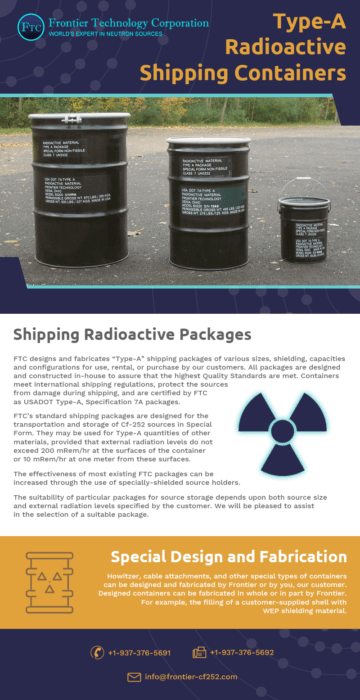
Type-A Containers for Depleted Source Disposal
As part of our commitment to the long-term management of radioactive sources, we offer disposal services at no charge to all our customers. Any depleted californium-252 neutron source fabricated in our facility can be returned to us at any time using our Type-A radioactive shipping containers. Customers only pay for shipping.
Type-A Radioactive Container Requirements
The US Department of Transportation defines several types of containers suitable for transporting radioactive materials between production facilities and end-user sites as well as for onsite source storage. These storage containers must withstand a series of tests that simulate conditions that are normally encountered during transportation without releasing or leaking any of their contents.
Type-A packaging is required for small amounts of some types of radioactive waste and radioactive sources like californium-252 (Cf-252) that are used in industrial applications and some non-liquid nuclear medicines and radiopharmaceuticals.
To learn more about your application’s specific regulations, please refer to the U.S. Nuclear Regulatory Commission’s documents and regulations for the packaging and transportation of radioactive material.
Types of Radioactive Shipping Containers
At Frontier Technology Corporation, we design and create radioactive shipping containers that can hold californium-252 and other neutron sources (with the exception of gamma sources – these require lead containers) during transport to a facility or field site. These containers can also eventually be used to send depleted sources back to our location for proper disposal.
Californium Production
The element was first produced at the University of California’s Radiation Laboratory in Berkeley. A microgram of curium was bombarded with alpha particles in the lab’s cyclotron to produce 5,000 atoms of the element with a half-life of 44 minutes. Weighable quantities of Cf-252 were later produced in 1954 and, today, the Oak Ridge National Laboratory in Oak Ridge, Tennessee uses its High Flux Isotope Reactor (HFIR) to produce an average of 25mg of the isotope per year.
Californium-252 (Cf-252) ProductionCalifornium Facts
As a strong neutron emitter, this isotope is a hazardous material to handle, and is rarely found in nature, due to its very short half-life.
Californium UsesGlossary of Californium Terms
To help you better understand our sources and what we do, we have compiled the following glossary to clarify the terms related to californium-252, neutron sources, and neutron radiation, including resources for further exploration into each term.
Californium Glossary of Terms